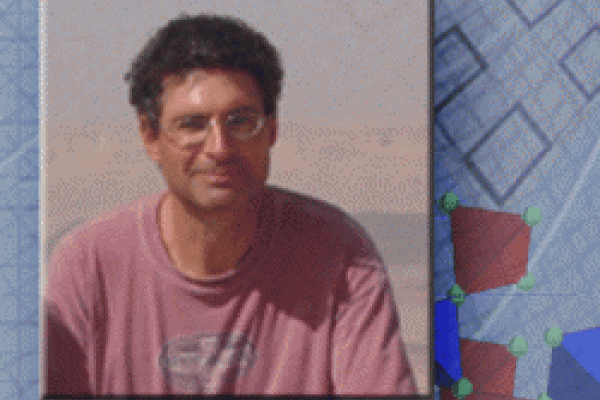
The Higgs mechanism which eliminates zero mass gauge particles was initially inspired by the electromagnetic response of superconductors. Recently, particle theory has returned the favor to condensed matter physics, and inspired revisiting the role of the amplitude mode (the Higgs particle) especially near quantum criticality. This mode can be observed when "relativistic dynamics" emerge in the low energy theory of e.g. antiferromagnets, charge density waves, Jospehson arrays, and granular superconductors. Open questions concerning the visibility, lifetime, and universal properties of the Higgs mode in 2+1 dimensional systems have been settled by recent numerical studies, thereby enhancing our understanding of quantum criticality.
